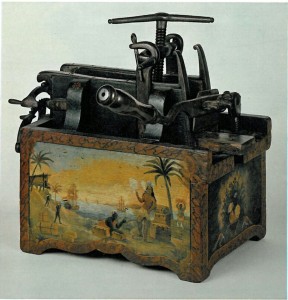[:nl]
Historical Background
The Haarlem economy was inter-twined with the colonies. Literally entwined as Haarlem textile was a key medium of exchange in the slave trade. The Haarlem elite were connected to the trade in slaves and the colonial administration. Governance and economic gain were firm bedfellows entwined in the early modern period. Alongside supervising the slave trade at the Elmina Fort in the modern-day Ghana, Haarlem governor Ruyghaver also ran his own lemon juice company. Locals invested their fortunes in shares of business acquaintances trading in slavery and were themselves plantation owners. With the abolition of slavery in 1863, 21 Haarlem owners of (shares in) plantations received ‘compensation’ from the Ministry of Finance for ‘property loss’ – 300 guilders per slave. Both emancipated slaves and abolitionists lived in Haarlem.
Traces
A city tour has been presented by four partners: Bureau DiscriminationAffairs Kennemerland, the Noord-Hollands Archive, Bureau Cultuursporen and Intercultural Museum Heritage Projects (IMHP) including several other events.
Country estates near Haarlem bear testimony to the presence of Amsterdam regents and merchants who were also engaged in slave trading and colonial slavery.
More information:
[:]



